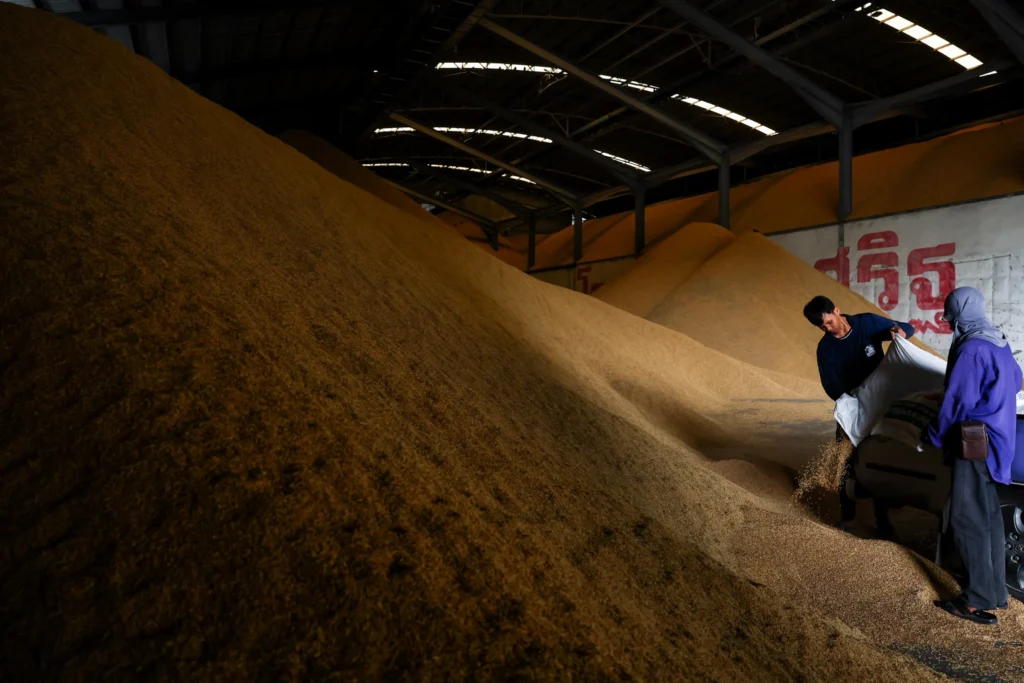Agricultural Services expanded by 3.7%, thanks to increased rainfall improving conditions for planting and harvesting, particularly for main-season rice, off-season rice, and sugarcane.
Forestry grew by 1.2%, with higher outputs of eucalyptus wood, charcoal, and edible bird’s nests. Eucalyptus production rose in response to greater demand from domestic and international pulp and biomass fuel industries, while charcoal exports to China, Japan, and South Korea also increased.
Looking ahead, Thailand’s agricultural economy in 2025 is forecast to grow between 1.8% and 2.8%, supported by abundant water supplies and favourable weather conditions, along with continued implementation of agricultural development policies.
However, risks remain, including weather volatility, high production costs, global economic slowdown, trade barriers, and ongoing US-China trade tensions, all of which could impact global supply chains and Thai agricultural exports.
To strengthen the sector, the government, through the Ministry of Agriculture and Cooperatives, is pursuing both short- and long-term strategies. These include preparing for natural disasters and crop diseases, reducing production costs, tackling illegal agricultural goods, allocating farmland to farmers, improving agricultural insurance systems, promoting eco-friendly farming, enhancing water management, upgrading agricultural product quality, fostering high-value agriculture, strengthening production and market linkages, and driving agricultural soft power to boost Thailand’s global competitiveness.

